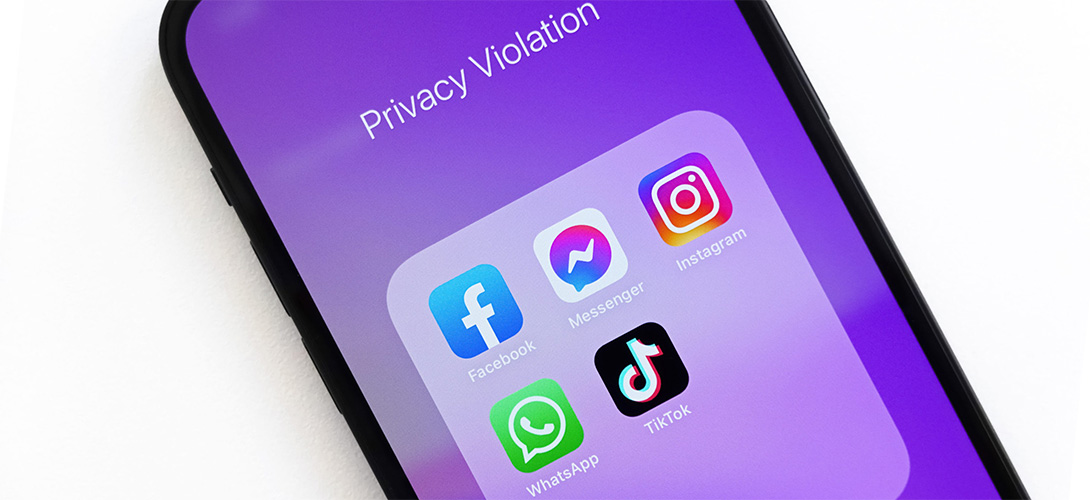

Protecting your data online is a fundamental pillar underlining your use of the Internet. Whether you’re sending a tweet, shopping for clothes or gaming online, you’re entitled to have your personal data protected no matter what.
The most familiar form of data protection to many of us is the General Data Protection Regulation (GDPR) which is an EU law that came into force on May 25th 2018. This law provided a new set of rules that gave people more control over how their personal data is collected and how it will be used. A good example of this is the cookie notice that pops up when you go onto a website that you haven’t been to before.
One of the most important things that GDPR did was enhance the protection of children’s personal data online.
Under GDPR, a person (including a child) has: